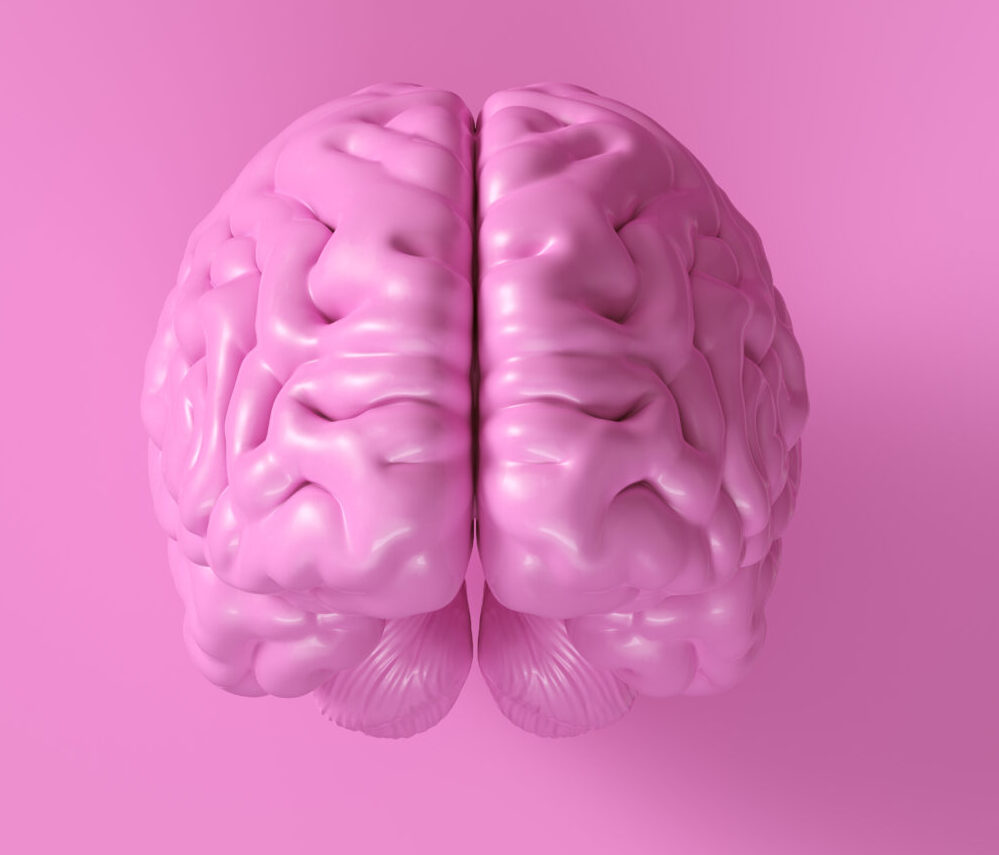Protein Aggregation and Neuronal Death in Alzheimer’s
### Understanding Protein Aggregation and Neuronal Death in Alzheimer’s Disease
Alzheimer’s disease is a complex condition that affects the brain, leading to memory loss, cognitive decline, and eventually, death. At the heart of this disease is a process called protein aggregation, where proteins in the brain start to clump together. This clumping can lead to the death of brain cells, or neurons, which is a key factor in the progression of Alzheimer’s.
### What is Protein Aggregation?
Proteins are like the building blocks of our bodies. In the brain, there are special proteins called amyloid beta (Aβ) and tau. Normally, these proteins help with various functions, but in Alzheimer’s, they start to clump together. This clumping forms structures called plaques and tangles.
– **Amyloid Plaques**: These are clumps of Aβ proteins that form between the brain cells. They are like sticky patches that can disrupt the normal functioning of the brain.
– **Neurofibrillary Tangles**: These are clumps of tau proteins that form inside the brain cells. They are like twisted threads that can damage the cells.
### How Does Protein Aggregation Lead to Neuronal Death?
When proteins aggregate, they can cause a lot of damage to the brain cells. Here’s how it happens:
1. **Disruption of Cell Function**: The clumps of proteins can disrupt the normal functioning of the brain cells. This means that the cells can’t communicate properly with each other, leading to problems with memory and thinking.
2. **Inflammation**: The clumps of proteins can also trigger an immune response, leading to inflammation in the brain. This inflammation can further damage the brain cells.
3. **Cell Death**: Over time, the damage caused by the clumps of proteins can lead to the death of brain cells. This is a critical step in the progression of Alzheimer’s.
### Other Factors Contributing to Neuronal Death
While protein aggregation is a major factor in Alzheimer’s, other factors can also contribute to neuronal death:
1. **Copper Dyshomeostasis**: Copper is an essential mineral that helps with various functions in the brain. However, in Alzheimer’s, there can be an imbalance of copper, leading to more protein aggregation and cell death.
2. **Microglial Degeneration**: Microglia are immune cells in the brain that help protect it from damage. In Alzheimer’s, these cells can degenerate, leading to a weakened immune response and more damage to brain cells.
3. **Ferroptosis**: This is a type of cell death caused by a buildup of iron in the cells. It can also contribute to the degeneration of microglia, further weakening the brain’s defense against damage.
### Potential Therapies
Researchers are working on various therapies to prevent or slow down the progression of Alzheimer’s. Some promising areas include:
1. **Pancreatic β Cell-Secreted Factors**: Researchers have found that pancreatic β cells, which are involved in diabetes, can secrete factors that protect neurons from amyloid beta-induced toxicity. This suggests that there might be a link between diabetes and Alzheimer’s.
2. **Fatty Acids**: Some studies have shown that certain fatty acids can delay the aggregation of amyloid beta, potentially reducing the toxicity of these clumps.
3. **Epigenetic Changes**: Epigenetic changes, which affect how genes are expressed, play a significant role in Alzheimer’s. Understanding these changes could help in developing new treatments.
### Conclusion
Protein aggregation is a critical factor in the progression of Alzheimer’s disease. By understanding how these clumps form and how they lead to neuronal death, researchers can develop more effective treatments. While there is no cure yet, ongoing research holds promise for improving the lives of those affected by this devastating condition.





